Tag: Wichita Downtown Development Corporation
-

Large County Employment, Second Quarter 2023
Employment in large counties, including Sedgwick County and others of interest.
-
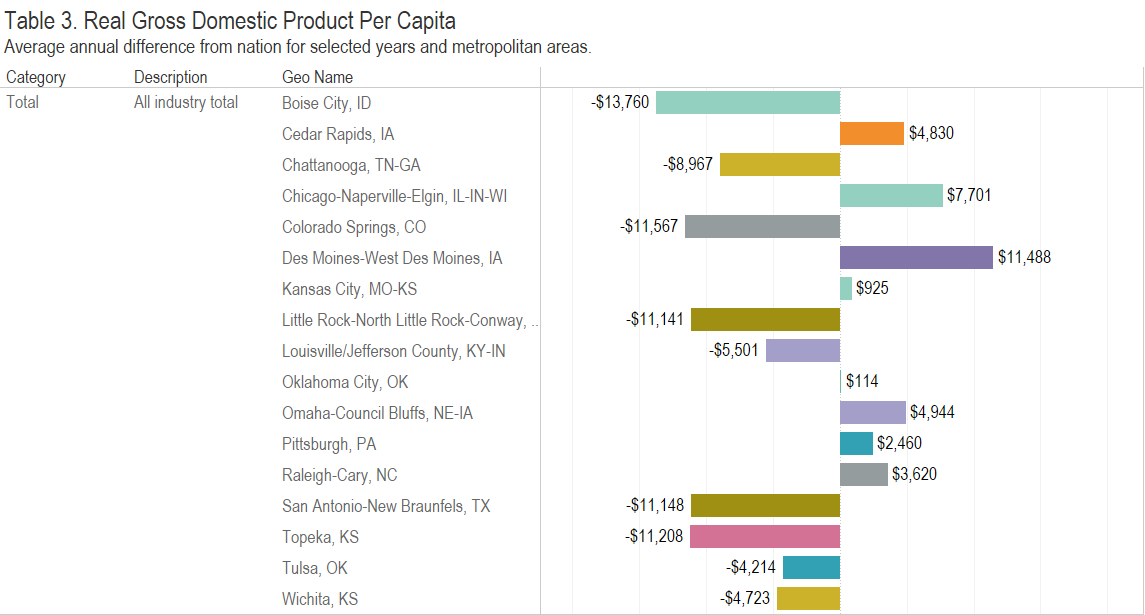
Gross Domestic Product in Metropolitan Areas
Examining the economy of metropolitan areas in an interactive visualization. Wichita examples included.
-
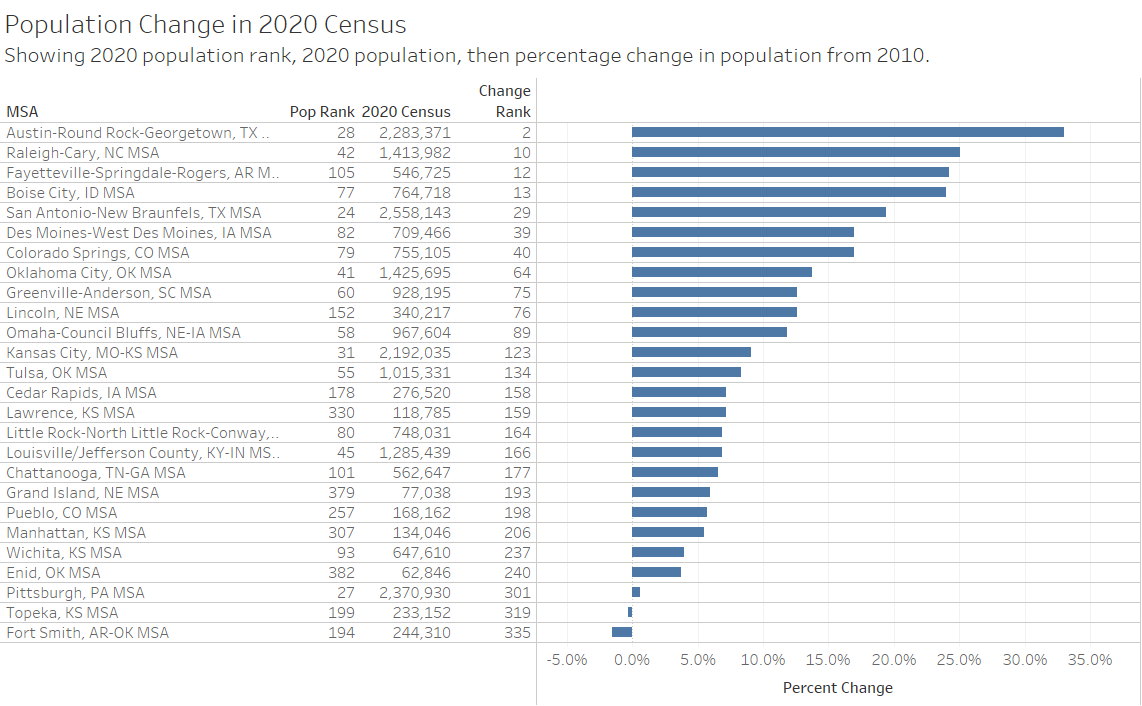
Wichita Population
The Wichita metro population grew from 2010 to 2020, but at a slow rate.
-

Downtown Wichita Business Activity
Business activity in downtown Wichita continues to rise.
-
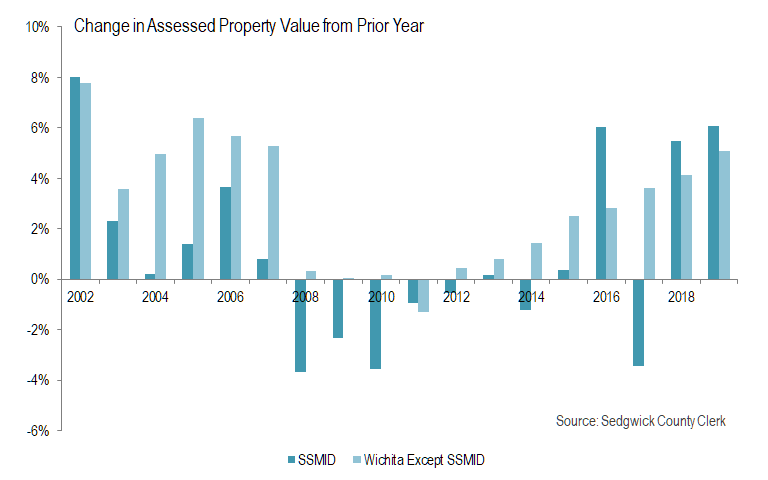
Downtown Wichita Tax Base
There’s been much investment in downtown Wichita. But it isn’t evident in the assessed value of property, although the recent trend is positive.
-
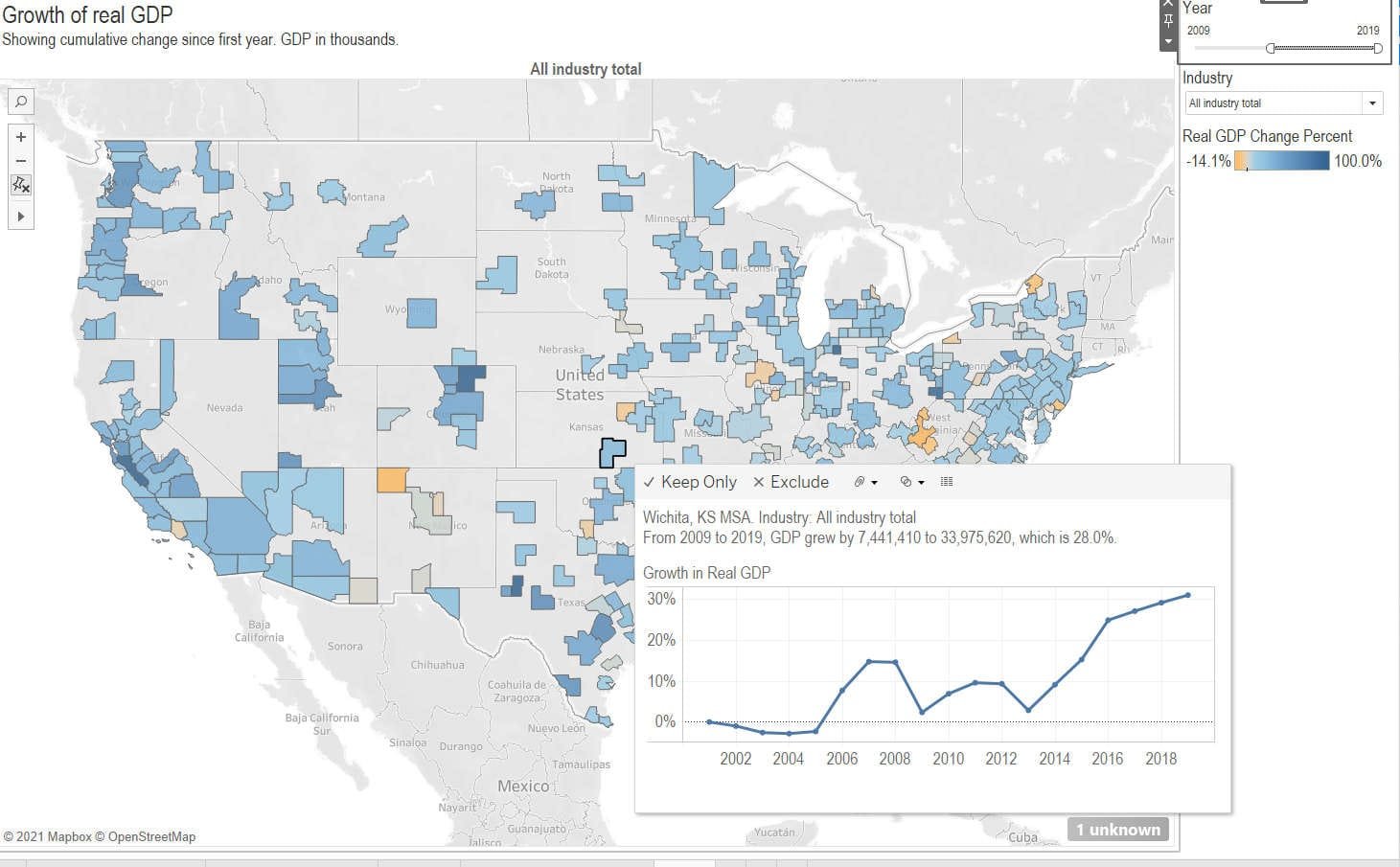
GDP by metropolitan area and component
An interactive visualization of gross domestic product by metropolitan area and industry.
-

Downtown Wichita population is up
New Census Bureau data shows the population growing in downtown Wichita.
-

Naftzger Park on the web: Do we care?
A badly outdated portion of Wichita’s website makes me wonder: Does anyone care?
-
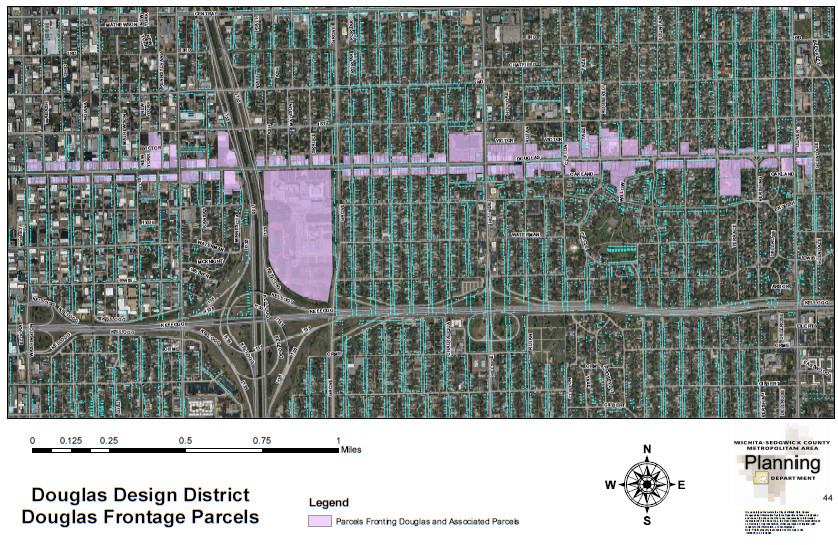
Business improvement district on tap in Wichita
The Douglas Design District seeks to transform from a voluntary business organization to a tax-funded branch of government.